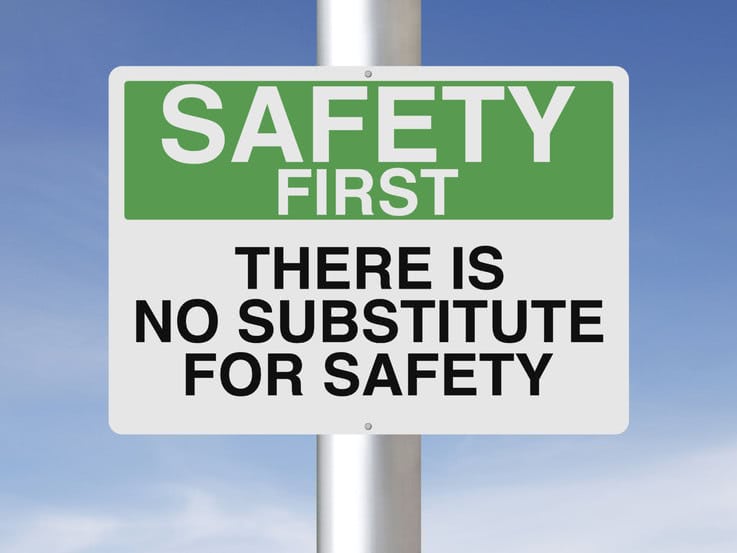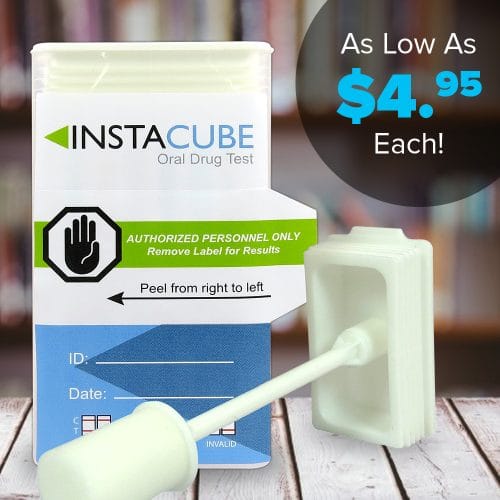Employers carrying out drug-testing procedures are always putting their faith in the system, assuming that the average testing methods are sufficient for hiring only the best, most stable employees.
However, we’ve recently exposed the truth on some of these supposed fail-safe techniques, giving us further insight on drug testing that everyone, employers and employees alike, should be aware of.
1. Work safety is DEFINITELY jeopardized by illicit drug use on site.
Many have previously believed that drug use and/or abuse might not affect a workplace environment enough to create an actual threat to their safety. However, the effects of drugs can always make an impact on safety measures on the job, despite any opinions on the contrary. Multiple studies have found that drug use can directly create an unsafe work environment. In fact, alcohol and drugs are the culprit for one in five deaths on the job. The National Safety Council reports that up to eighty percent of employees injured in drug-related accidents at work are the sober co-workers, as opposed to the drug users themselves.
Those who indulge in drugs or alcohol are three and a half times more likely to be part of a workplace incident than other workers who are sober on the job, and these findings aren’t just from workplace studies conducted in office settings, but can be seen through real-world examples too.
One case surrounded the Southern Pacific Railroad, differentiating accident rates before and after issuing all employees to undergo a drug testing program. The results were staggering, showing a 71.2% decrease in incidents involving injury or death after initiating the testing.
Shop Our Instant Test Collection
2. Marijuana use does NOT show up on drug screenings for months or years after use.
The effects of marijuana use on the user can differ greatly, but in reality, many cases show it’s only present for less than a week’s worth of time. Misinformation has consistently been shared, stating that marijuana 
3. A drug or alcohol abuser DOES have the ability to beat a random drug test.
There are various resources available online that tout their ability to help a user beat the system and get negative results on a drug test. While they aren’t always full-proof, it has been known to work on occasion.
To start, there are diluting agents.Due to drug tests relying on stronger concentrations of drugs or alcohol in the body through the urine, anything that can dilute the sample will provide a greater chance at achieving negative results.Some users try drinking an abundance of water or fruit juice, and elevating the amount of vitamin C in their liquids to taint the initial specimen. There are also substituting agents available, such as freeze-dried or synthetic urine you can buy through vendors. They accomplish this by breaking up any metabolite in the urine sample (like nitrite or glutaraldehyde), which can then lead to inconclusive results.
4. Drug tests CAN give “false positive” results, but any possible outside factors in the results are quickly substantiated by professionals.

In the end, learning more about popular drug testing methods can only lead to a greater understanding of the importance of its merit in the workplace, and its effects on job sites overall.



